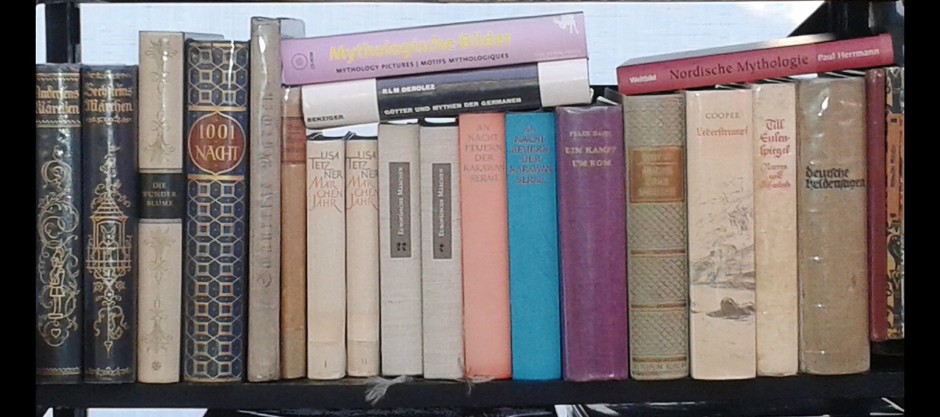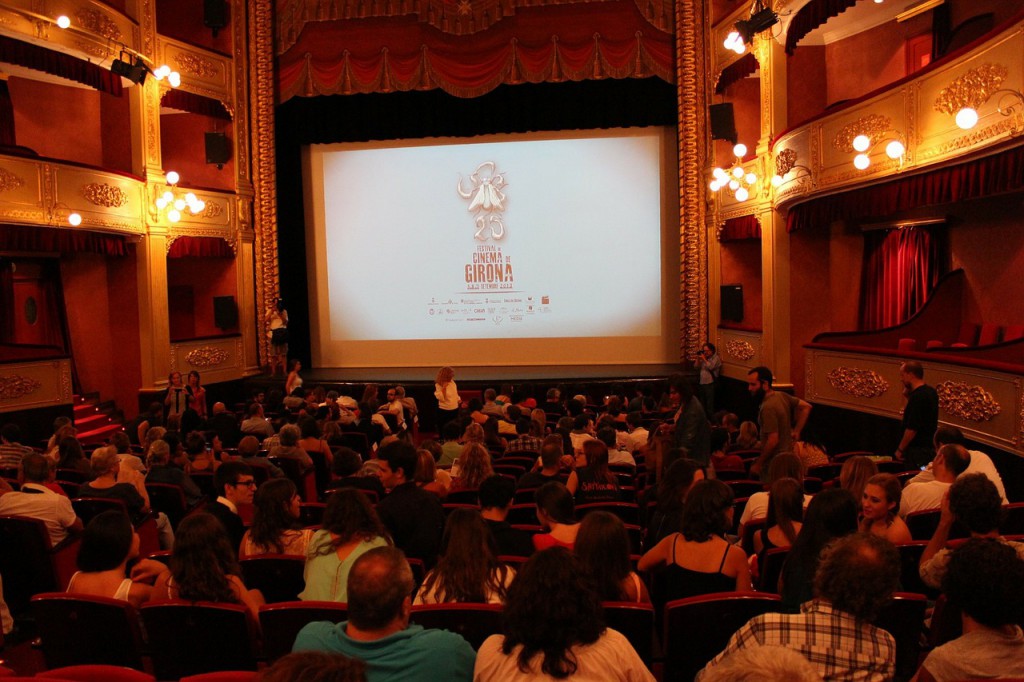The power and fame of Holywood could have never risen if not film translation. Romantic dilenmas of beautiful women and amazing adventures of superheroes like Batman or Spiderman would be known only for a restricted group of people. Today, more and more people speak foreign languages, but this branch of translation is still gaining popularity.
Films give an excellent chance to get to know foreign culture. But, translation can completely change its perception. Dependently on the attitude of a film translator, foreign elements can be emphasized or even completely removed. It’s done to fit expectations of viewers, their knowledge about foreign culture or impose censorship. That’s why there are a few kinds of film translation.
Subtitling
Putting subtitles on the bottom of the screen is the most popular form of film translation, nowadays. It’s definitely prevailing at cinemas in Poland. This is also the most ”faithful” when it comes to transfering foreign culture. We can hear real voices of the actors and expressed emotions in connection with the action. All the time we feel that we deal with foreign culture. Obviously, subtitling has some disadvantages too. Some people find it difficult to read and watch at the same time. Definitely, it’s not the best option for children, because they read too slowly, or they can’t read at all. Typical problems for translators are:
a) adjusting time of displaying subtitles to the action
b) preparing subtitles which can be easily read by viewers (short lines, dividing parts of the sentence in a logical manner)
c) conveying meaning of idioms specific for the source language (viewers can hear that the actors say something different than put in the translation)
Voice-over
Single-voice dubbing is a very popular technique in Polish television. Most films in tv are translated in this way. Here, we aren’t so close to the foreign language like in the case of subtitles. Voices of actors are heard to some extent, but we can notice few emotions expressed by them. All dialogues are read by one lector, independently on who is saying. In his/her voice we can hear only „hint of emotion” to avoid overreacting. The choice of lector is very important. Voice-over made in a profesional way isn’t especially noticed and a monotonous or unclear voice can destroy the enjoyment of film watching completely.
Dubbing
Complete dubbing (when each character’s lines are read by separate lectors) is the most critized form of translation. This is because while watching we completely lose the feeling of touching foreign culture. Lectors can differently express emotions than original actors, what’s more it’s difficult to get used to changed voices of famous actors. That’s the reason why dubbing is used mainly in cartoons and films for children. This form of translation makes the film closer to our culture, which is more important for kids than authenticity. The largest problem of dubbing which translators have to cope with is phonological synchronisation. The lectors have to speak for the same amount of time as the actors and their movements of mouth should be similar.

